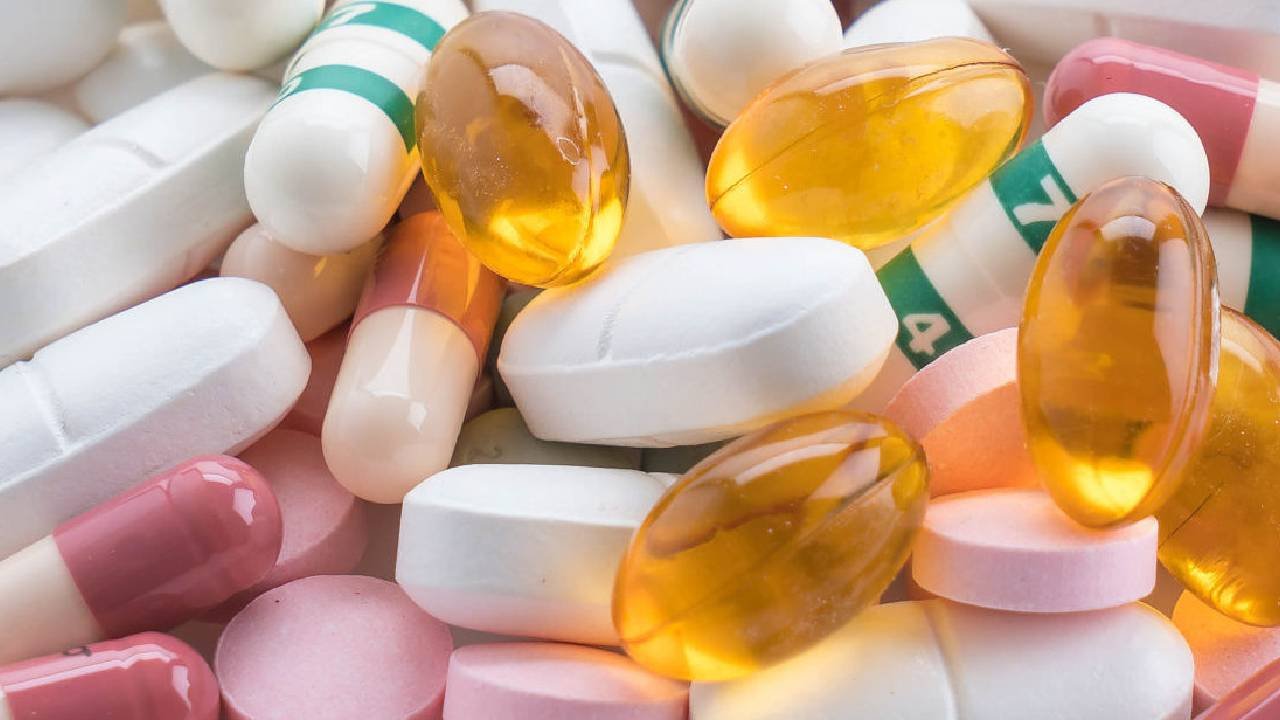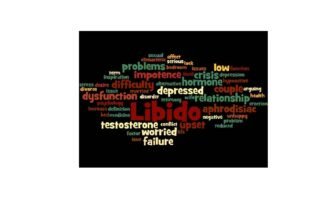Do you ever wonder what makes up the bulk of those energy bars you love so much? Or how about the texture of those chewy gummy vitamins? If you answered microcrystalline cellulose, then congratulations, you are correct! From chocolate to ice cream, many consumables we eat or drink daily rely heavily on the presence of cellulose. While many people know how cellulose can impact their digestive health, they are not as aware of how this mixture is used in food production. Before discussing the extensive usage of microcrystalline cellulose in food products, it is important to first outline what microcrystalline cellulose is.
About Microcrystalline Cellulose :
Microcrystalline cellulose is a type of fiber that is derived from plant fiber (usually wood pulp). It can be used as a filler, binder, and disintegrant in many products. The name comes from the fact that microcrystalline cellulose is a very fine powder with a crystalline structure.
Microcrystalline cellulose is added to foods such as ice cream, candy bars, and baked goods to add bulk to the product and increase its shelf life. It helps keep food moist by absorbing water from the air around it, which means that it prevents it from drying out during storage or transportation. The FDA has approved microcrystalline cellulose for use in various food products because it is safe for human consumption at levels up to 10% by weight (in some cases).
Uses for Microcrystalline Cellulose
Microcrystalline cellulose (MCC) is a term used for refined cellulose that is derived from natural sources. The raw material is pulverized and then processed to create a white, odorless, tasteless powder that is insoluble in water. MCC is used in a variety of industries due to its unique properties.
- MCC is used as a filler in pharmaceutical tablets. MCC can absorb water, which helps to create a uniform tablet.
- MCC is also used as a binder in tablet manufacturing. Binders are used to hold the ingredients of a tablet together. MCC is an effective binder because it can swell and form a gel when wet, which helps to hold the tablet ingredients together.
- MCC is used as a food additive. It is a common ingredient in many processed foods such as baked goods, cereals, and ice cream. MCC can help to improve the texture of these foods.
- It can also help to prevent moisture loss and extend the shelf life of food products.
- MCC is also used in cosmetics and personal care products. It can help to absorb oil and create a smooth texture in products such as foundation and powder. MCC is also used as a thickening agent in lotions and creams.
- It can be used as a filler in plastics and rubber. It can also be used as an active ingredient in paper products. MCC is even used in some types of building materials.
Microcrystalline cellulose is a versatile material with a wide range of uses. It is derived from natural sources and is a safe, effective, and environmentally friendly material. If you are looking for a versatile and affordable material for your next project, consider microcrystalline cellulose.
How is microcrystalline cellulose produced?
Microcrystalline cellulose is a cellulose powder that is produced by acid hydrolysis of wood pulp or cotton linter. It is also known as Avicel PH-101, or simply PH. It can be used to control the viscosity, texture, and consistency of foods, as well as act as a stabilizer.
MCC is produced by breaking down wood pulp into small pieces and then grinding it into a powder. The wood pulp is first treated with chemicals to remove impurities, and then it is bleached to remove the color. The pulp is then ground into a fine powder and mixed with water to create a slurry. The slurry is then filtered and dried to create the finished product.
Microcrystalline cellulose was first produced by a Frenchman named Henri Braconnot in 1821, who found that he could make a powder from wood pulp and use it for papermaking. In the 1940s, it became commercially available and was used for making paper and plastic coatings for food packaging. Since then, its use among general public has only proliferated.
The Advantages of Microcrystalline Cellulose :
If you are looking for an ingredient that is safe, effective, and environmentally friendly, then microcrystalline cellulose is the perfect choice for you.
The Disadvantages of Microcrystalline Cellulose
Microcrystalline cellulose has several disadvantages.
MCC has several disadvantages. It is important to weigh these disadvantages against the advantages of MCC before using it.
FAQs :
Microcrystalline cellulose is a polysaccharide that is normally derived from plants. It is used as an excipient in pharmaceuticals and nutraceuticals. Microcrystalline cellulose has a wide range of uses. It can be used in the production of toothpaste, cosmetics, food additives, supplements, and many more. Microcrystalline cellulose is also an ingredient in many sports supplements, such as protein powders and pre-workout formulas. It is usually not considered to be a steroid because it does not have any anabolic properties like testosterone or other anabolic steroids do. However, some people still consider microcrystalline cellulose to be a steroid because it increases blood flow to muscles, which helps with weight training and muscle growth.
The reason why microcrystalline cellulose is not considered to be a steroid is that it does not have any anabolic properties like testosterone or other anabolic steroids do. It has been shown that microcrystalline cellulose decreases testosterone levels when taken orally. This means that even though microcrystalline cellulose does increase your blood flow to muscles (which will help with weight training), it will also decrease your testosterone levels.
Microcrystalline cellulose (MCC) is a versatile and widely used excipient in the pharmaceutical industry. It is a hydrophilic, non-ionic, and insoluble polymer that can be used in a wide variety of formulations. MCC is available in a variety of particle sizes and has a wide range of uses, from tablets and capsules to suspensions and emulsions.
Many different solvents can be used to dissolve MCC, but not all solvents are created equal. Some solvents are more effective than others, and some can even cause problems with the MCC itself. Here are a few of the best solvents for MCC, and why they work so well.
Water: Water is the most common solvent used for MCC and for good reason. It is safe, effective, and relatively inexpensive. Water is also readily available and easy to use. The only downside to using water as a solvent for MCC is that it can cause the MCC to swell, which can lead to problems with the formulation.
Ethanol: Ethanol is another common solvent used for MCC. It is less expensive than water and less likely to cause the MCC to swell. Ethanol is a powerful solvent, however, and it can cause problems with the MCC if it is not used properly.
Isopropyl alcohol: Isopropyl alcohol is another common solvent used for MCC. It is less expensive than water and ethanol, and it is also less likely to cause the MCC to swell. Isopropyl alcohol is a powerful solvent and it can cause problems with the MCC if it is not used properly.
Dimethyl sulfoxide: Dimethyl sulfoxide is a less common solvent used for MCC. It is more expensive than water, ethanol, and isopropyl alcohol, but it is less likely to cause the MCC to swell. However, dimethyl sulfoxide is a powerful solvent, and it can cause problems with the MCC if it is not used properly.
N, N-Dimethylformamide: N, N-Dimethylformamide is a less common solvent used for MCC. It is more expensive than water, ethanol, isopropyl alcohol, and dimethyl sulfoxide, but it is less likely to cause the MCC to swell. However, N, N-Dimethylformamide is a powerful solvent, and it can cause problems with the MCC if it is not used properly.
The quick answer is no. Microcrystalline cellulose is not soluble in dichloromethane. However, there are some things to keep in mind when considering this question.
First, it’s important to understand what microcrystalline cellulose is. Microcrystalline cellulose is a type of cellulose that has been processed to create very small crystals. It’s often used as a food additive or as a filler in pharmaceuticals.
Second, it’s important to understand what dichloromethane is. Dichloromethane is a type of solvent. It’s often used in cleaning products and paint strippers.
So, why isn’t microcrystalline cellulose soluble in dichloromethane? The answer has to do with the structure of the molecules. Microcrystalline cellulose is made up of long chains of glucose molecules. Dichloromethane is made up of shorter, less-polar molecules.
Because of the difference in structure, the two substances don’t mix well. The microcrystalline cellulose molecules tend to stay together, while the dichloromethane molecules tend to stay apart. This is why microcrystalline cellulose is not soluble in dichloromethane.
Conclusion :
While microcrystalline cellulose is considered safe by the FDA, some people are concerned about its potential health effects. Some studies have shown that it can cause gastrointestinal distress and other issues in animals. There is also some evidence that it may be linked to cancer.
Despite these concerns, microcrystalline cellulose is still widely used in the food industry. That’s because it’s cheap and easy to produce. It also has a long shelf life and doesn’t alter the taste of food. If you’re concerned about the potential health effects of microcrystalline cellulose, you can always look for foods that don’t contain it. However, it’s important to remember that this additive is considered safe by the FDA.







